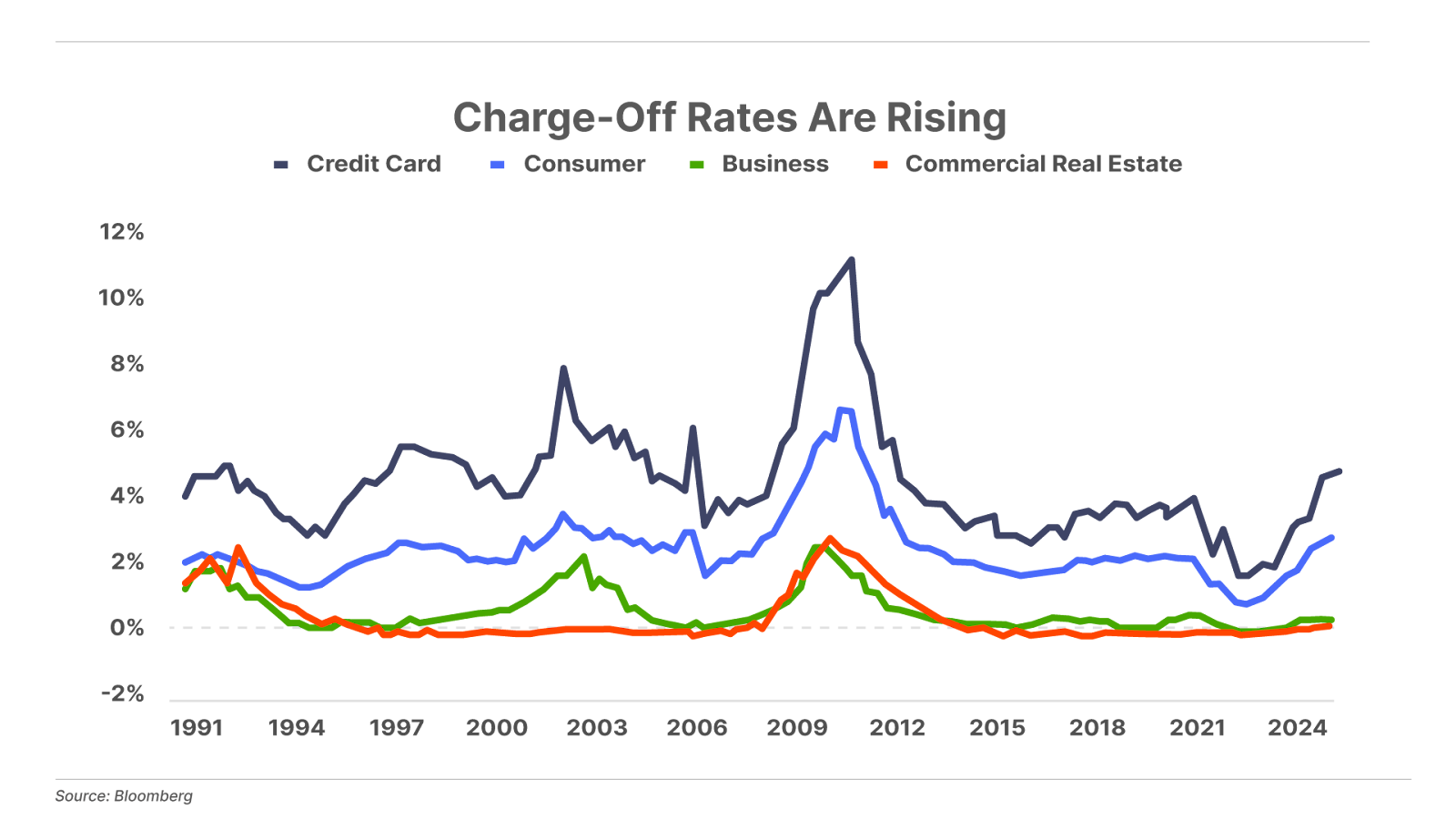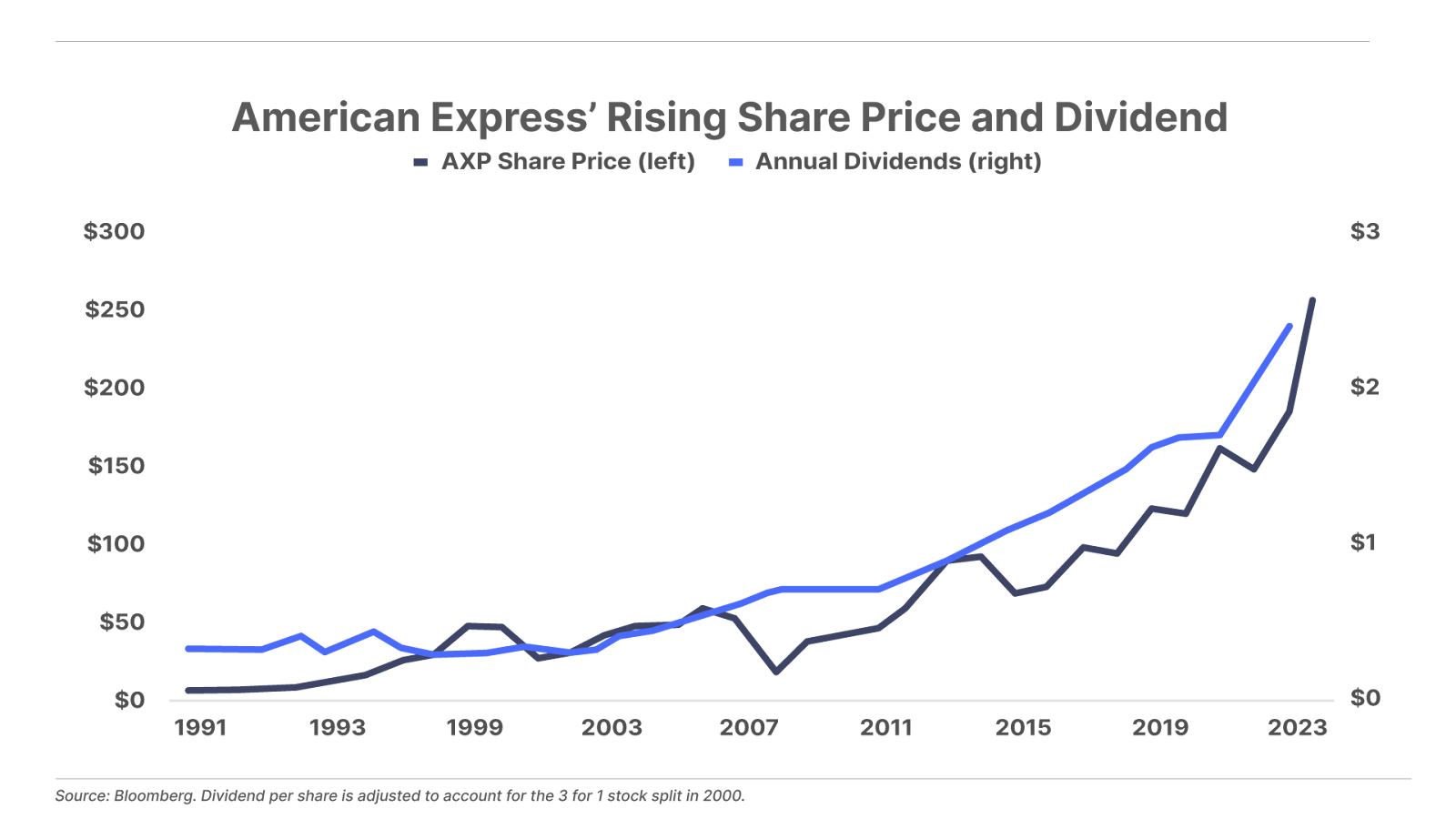
Three Things You Need to Know:

2. We are in a recession. We just saw the biggest-ever one-week drop in the cost of shipping a container from Shanghai to New York. Since hitting a July peak just below $6,000 per 40-foot box, the Drewry World Container Index has seen a sharp reversal, slumping 13% this past week alone to $4,168. This follows its YTD advance of 36% – and over the past year, it’s still up 167%. The latest slump is driven by steep declines on the Shanghai to Rotterdam (down 17%) and New York (down 21%) routes, the latter being the largest one-week drop on record. Falling demand for shipping reflects lower consumer and corporate demand… and we know what that means.
3. Another day, another fiscal bombshell from Uncle Sam. The U.S. Treasury reported a $380 billion federal deficit for the month of August. This was a whopping $673 billion miss compared to economist expectations of a $293 billion surplus. The August data brings the total U.S. budget deficit to $1.9 trillion for the first 11 months of the 2024 fiscal year (which ends in September for the U.S. government), up 24% from $1.53 trillion in the same period for fiscal 2023. Meanwhile, a Treasury official noted that the total annual interest on the federal debt surpassed $1 trillion for the first time ever.
The Real Secret to Successful Investing…
And There’s Only One
When I first became an investment analyst, my mentor, Dr. Steve Sjuggerud, taught me to find entire markets that had been badly mismanaged and to invest when, after a long period of suffering, these markets were “cheap, hated, and in an uptrend.” For example, when Argentina had a huge crisis in 2002-2003, we took about 100 wealthy investors down there to shop amongst the rubble. I helped put together several huge real estate deals, where you could get productive properties for about 10% of their fair market price.
Today, using that strategy, I’d probably be investing in Turkey, Argentina, Japan, and, maybe, China. Usually, in emerging markets, we’d buy the “banks and brewers.” Or, taking a cue from legendary fund manager George Soros, we’d buy the highest-quality stock in the market and the lowest-quality stock in the market.
This kind of investing was like a global Easter-egg hunt. We, and our many friends, like Jim Rogers, Doug Casey, and Bill Bonner, had a lot of fun traveling around the world while doing this kind of investing. And it really worked. The last long-term audit we did of our track records (in 2018) showed Sjuggerud was the team leader at Stansberry Research, producing 15.9% returns annually for the previous decade.
But there was something about that style of investing that didn’t interest me after a while. I grew more and more interested in understanding individual businesses and the people behind them.
After the bear market of 2001-2002, I started looking into deep-value stocks – because there were a lot of cheap businesses available. I partnered with Dan Ferris to create a new publication at Stansberry Research, Extreme Value. Our first recommendation there, Blair Corp. (acquired by Appleseed’s in 2007), was the very cheapest stock on the Value Line Investment Analyzer and, trading for, as I recall, about four times cash earnings. We made something like 118% in about a year. Once again, this was like an intellectual Easter-egg hunt. Always looking for the next hidden gold nugget. And, once again, this was a very satisfying and profitable way of investing that put us in touch with many of my intellectual heroes, like Jim Grant and Whitney Tilson.
Saying “I’m a value investor” has its own cache, just like saying “I’m in global macro.”
But, again, after a few years of doing this, it occurred to me that most of these companies and the people involved in running them were often not the sharpest tools in the drawer (there was often a reason that their stocks had performed poorly). I was drawn, more and more, to great entrepreneurs and great businesses.
And, there was one other thing.
These strategies were Easter-egg hunts. There was a lot of activity, a lot of brain power, a lot of work to figure out if an investment was really worth it. Even with the value stocks and their so-called “margin of safety,” there was still a big risk of buying into a value trap. All of that running around and that risk is fun and exciting for a lot of people… but it occurred to me that if you simply owned a great business, you wouldn’t have to go find another one every few months.
And, as Buffett proved with Amex, when you own great businesses, all you have to do is nothing. That appealed to me, greatly.
My recommendation of Budweiser (BUD) in 2006 and then, even more so, The Hershey Company (NYSE: HSY), in 2007, was the beginning of my final evolution as an investor. What I figured out was, if you simply buy the world’s best businesses at a fair price, you literally don’t have to do anything else. You’re done. Go do something more interesting with your life. Or, if you still want to trade global macro or deep value, go ahead – but put your profits back into your “forever stocks.” If you do, then it’s only a matter of time until you will become extremely, almost unbelievably, wealthy.
Just remember: don’t be a bonehead, like us with homebuilder Hovnanian Enterprises (NYSE: HOV), and sell a great business just because you’re worried about a recession. Of all the mistakes in investing, selling a wonderful business is by far the most expensive. We recommended Hovnanian at $42.79 per share in June 2022, and noted that we would exit the position if 30-year mortgage rates rose above 6% (historically a major drag on the housing market and homebuilders).
When that happened in September 2022, we sold Hovnanian from The Big Secret portfolio at $36.50 – for a 14.7% loss. But it turned out that high rates kept existing homeowners locked into their low-rate mortgages, so they didn’t sell their homes and add inventory into the market. Building new homes – Hovnanian’s business – became the only way to add inventory into the market, resulting in record profits despite high borrowing costs.
Hovnanian today trades for $212 per share… an expensive mistake that we hope to never repeat. History shows what can happen when you hold on to great businesses through thick and thin.
If you are a subscriber to Stansberry Research, you’ll notice that, out of the six top-performing open recommendations at the firm, I picked more than half of them – American Financial Group (AFG), Hershey (HSY), W.R. Berkley (WRB), and Microsoft (MSFT) – for gains of between 1,200% and 450%.
And I haven’t worked there since 2019!
If you’re savvy, you’ll notice something else, too. Half of those top picks are from one industry: property-and-casualty insurance, or P&C, as we call it. I’ll share more about these stocks on Monday.
And, as always, don’t hesitate to tell me what you think! Reach me directly at [email protected].
Porter Stansberry
Stevenson, MD
P.S. My oldest son, Traveler, turned 17 this week. Once again, I gave him a check for $17,500 for his birthday and told him to pick a great business to buy and hold forever. Here’s the letter I wrote to him last year explaining these gifts and how to use them. I’m not certain I’ll ever be a billionaire again, but I am 100% certain my son will be.
